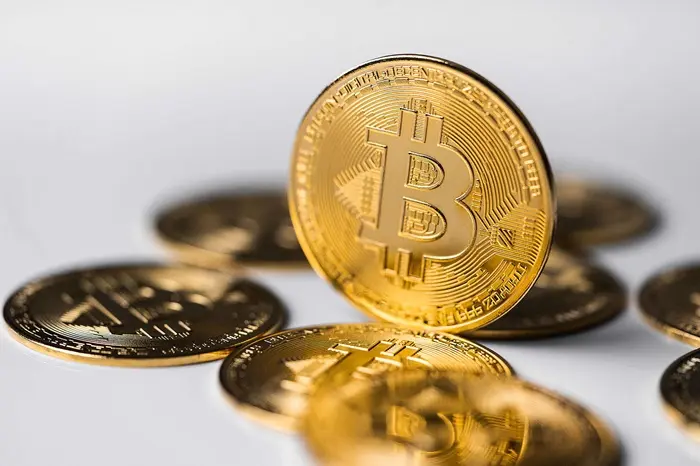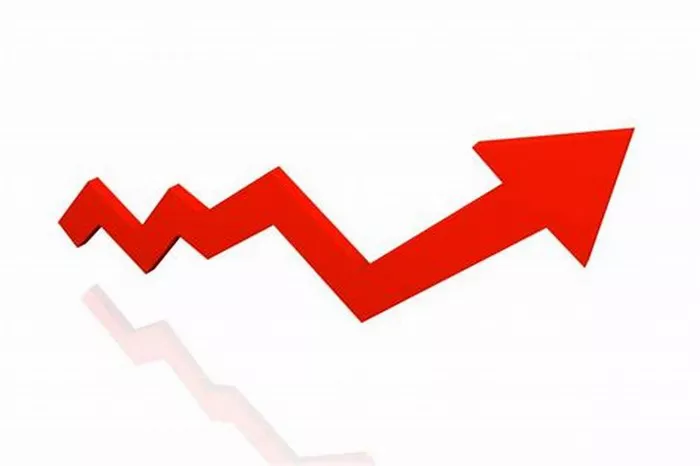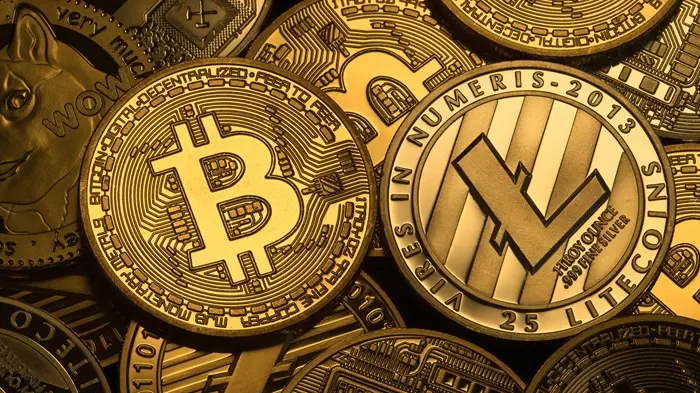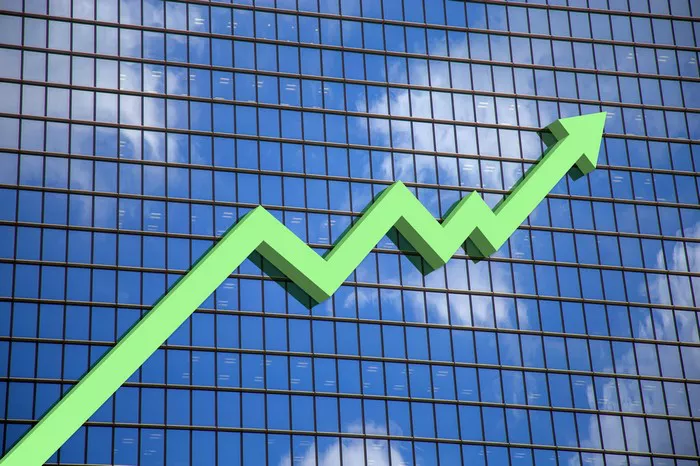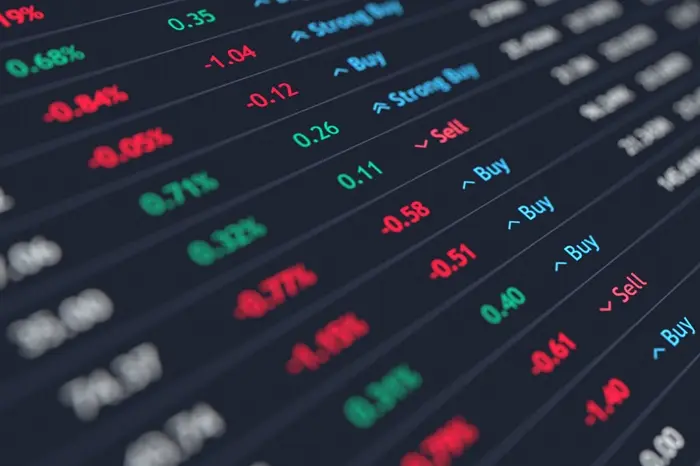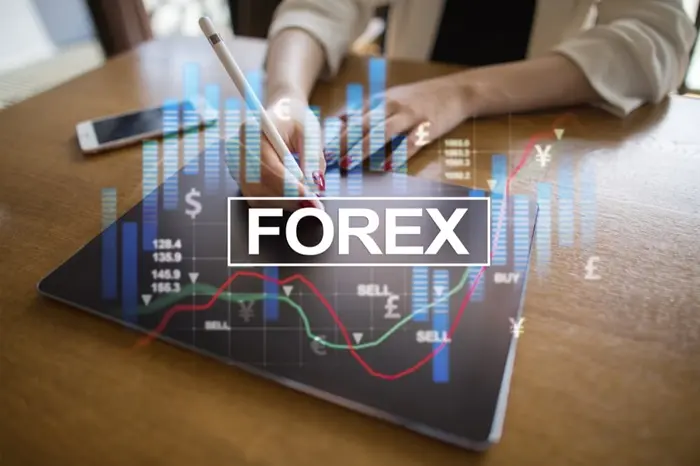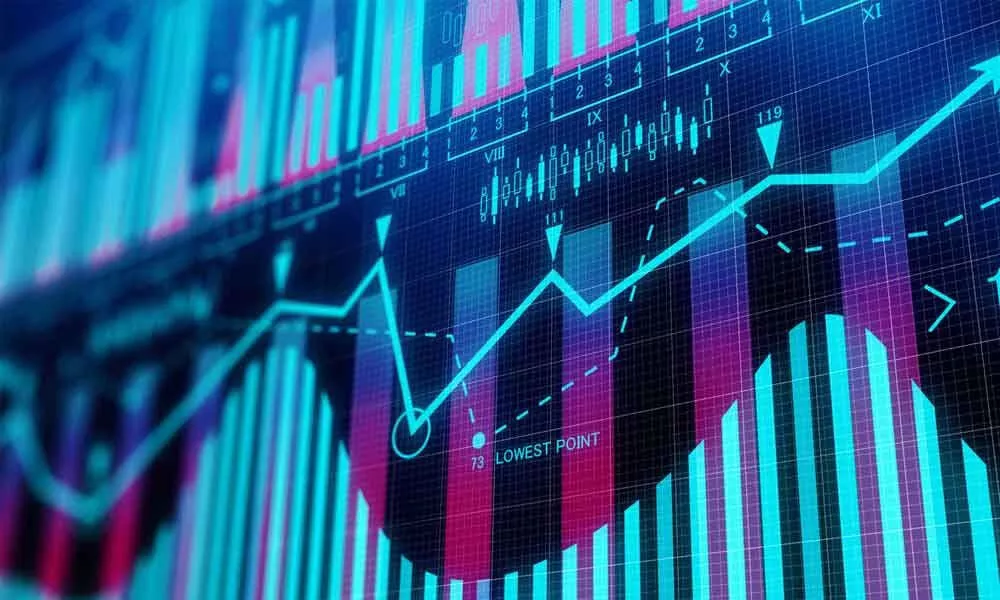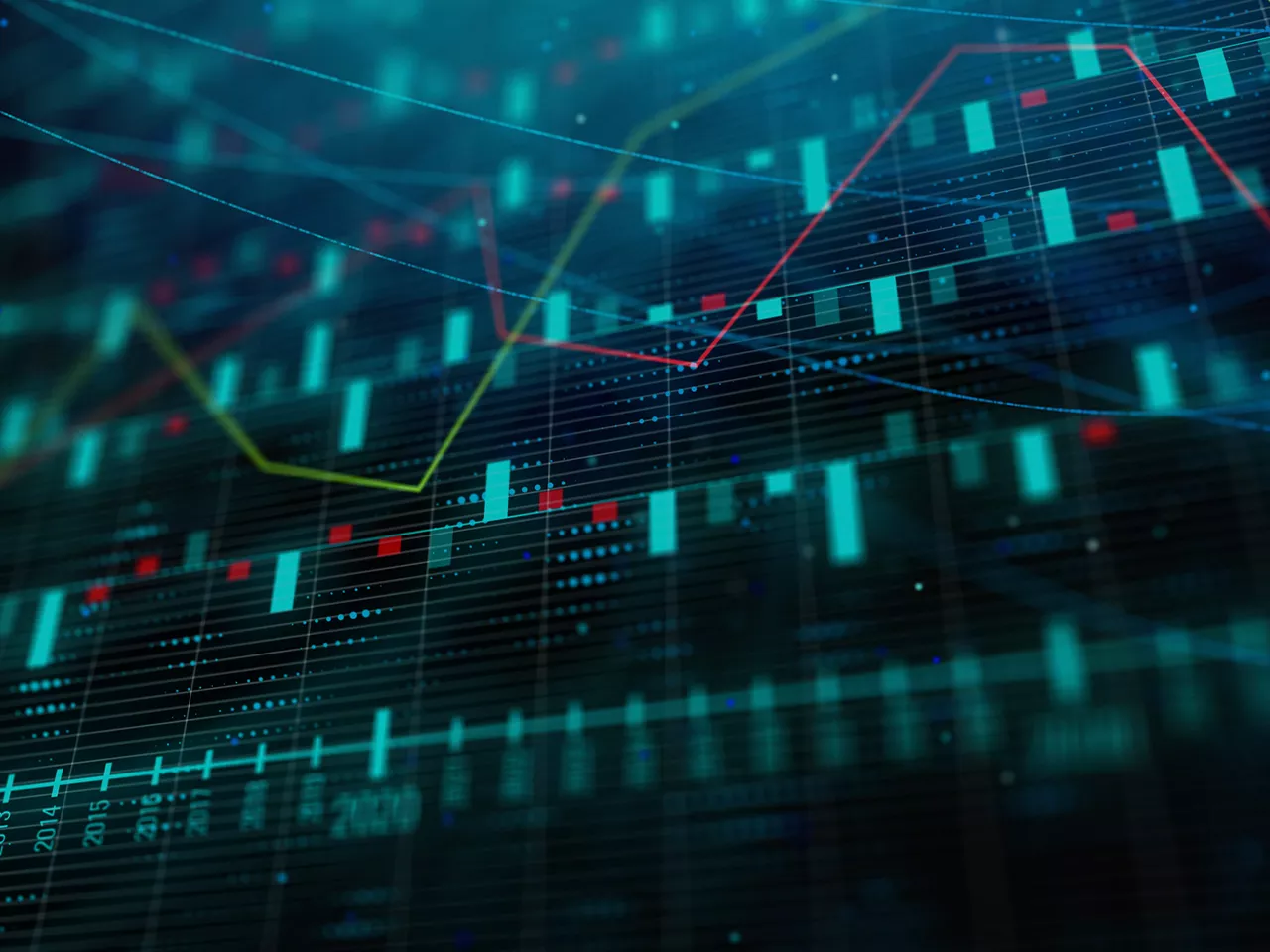A growing trend in global investment is shifting focus from developed markets to emerging markets (EM), driven by concerns about the US economy. Investors are increasingly betting that the US economy’s vulnerabilities, particularly due to tariff policies, will push growth overseas, boosting the appeal of long-suffering EM assets.
This shift has sparked significant interest in a wide range of EM assets, from Latin American currencies to Eastern European bonds. The rally is evident in EM equities, which are on track for their best first-quarter performance since 2019. Additionally, the dollar’s weakening has supported a nearly 2% rise in developing currencies, with local bonds also seeing gains.
Emerging Markets: A Cheaper Alternative
Bob Michele, global head of fixed income at JPMorgan Asset Management, noted that emerging markets are becoming increasingly attractive compared to US assets, as valuations in EM appear relatively cheap after years of US dominance. Many investors, who had previously favored US investments, are now diversifying their portfolios by purchasing assets from emerging markets.
While the past decade has often seen US stocks outperform EM, leading to an underwhelming performance from emerging markets, the current environment is different. The highest Treasury yields in decades and a strong dollar have previously kept investors focused on US assets, but now, a weakening US economy and the potential for lower Treasury yields are creating new opportunities in EM.
The Rally’s Reliance on US Economic Growth
The continuation of the EM rally is closely tied to the trajectory of US economic growth. Investors are optimistic that a cooling US economy, potentially induced by President Donald Trump’s tariff policies, could weaken the dollar and reduce Treasury yields, benefiting emerging markets. However, a more severe slowdown could curb risk appetite and dampen the rally.
Many investors are also counting on stimulus measures from China and an increase in European spending to fill any gaps if the US economy slows. Additionally, developing-world stocks are seen as undervalued, with many EM markets trading at historically low levels relative to the S&P 500. This creates potential for upside as the shift in asset allocation accelerates.
Long-Term Trend Toward Emerging Markets
Ashmore Group analysts predict that the “end-of-US-exceptionalism-trade” has a long runway ahead, potentially spanning over a decade. Global investors have been heavily overexposed to US equities for years, and as a result, the demand for EM assets is expected to continue growing in the coming years.
Investors Scouring the Globe for EM Opportunities
Edwin Gutierrez, head of EM sovereign debt at Aberdeen Group, pointed out that investors have long hoped for a scenario where US growth would slow enough to shift focus to EM, without triggering a full-blown market risk-off sentiment. He has been buying bonds and currencies from emerging European countries after years of underweighting the region.
BlackRock’s Axel Christensen and Laurent Develay see Latin America as a bright spot, with the pullback in US stocks narrowing the performance gap between EM and developed markets. Similarly, funds like TCW Group and T. Rowe Price have been buying sovereign debt from Colombia and South Africa, while Franklin Templeton’s low-volatility bond fund is adding hard currency debt from Indonesia, the Philippines, and South Korea.
The Unwind of US Exceptionalism Benefits EM
Carmen Altenkirch from Aviva Investors highlighted that the ongoing unwinding of US exceptionalism, marked by a weaker dollar, is beneficial for EM markets. The extra yield investors demand for owning EM hard-currency debt has remained relatively stable compared to developed markets, providing further confidence in EM investments.
As a result of these shifts, many emerging market currencies, including the Brazilian real, Chilean peso, and Colombian peso, have gained against the dollar this year. Even the Mexican peso, traditionally vulnerable to tariff risks, is attracting buyers, with hedge funds showing the most optimism since August. The overall sentiment points to continued interest in emerging markets as investors look beyond US assets for better opportunities.
Related topics:






